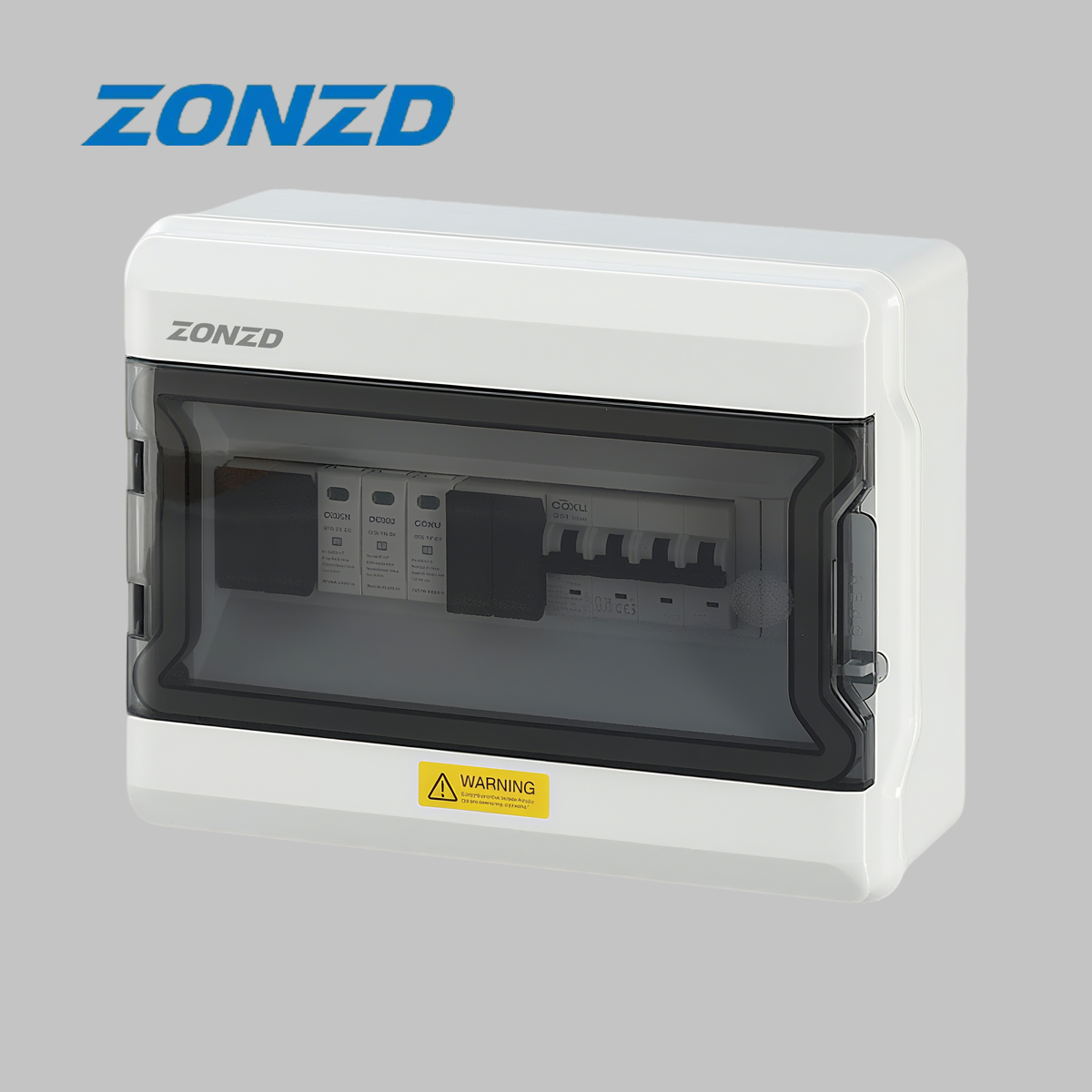住所
304ノース・カーディナル
セント・ドーチェスター・センター(マサチューセッツ州02124
勤務時間
月曜日~金曜日:午前7時~午後7時
週末午前10時~午後5時
住所
304ノース・カーディナル
セント・ドーチェスター・センター(マサチューセッツ州02124
勤務時間
月曜日~金曜日:午前7時~午後7時
週末午前10時~午後5時

A 太陽光発電コンバイナーボックス is a protective enclosure that brings together the output of multiple solar panel strings into one main feed. This main feed then connects to the inverter, which converts the DC power generated by your panels into AC electricity used in homes or fed back into the grid.Understanding why solar combiner boxes are essential is critical for professional installers designing safe, code-compliant photovoltaic systems.
In simple terms, think of it as a “junction point” that merges power safely while providing monitoring and protection. Without it, managing multiple strings of solar panels would be cumbersome and risky.
A typical 太陽光発電コンバイナーボックス includes several essential parts:
Each component plays a critical role in ensuring reliable and safe energy distribution.
When sunlight hits the solar panels, each panel or string generates direct current (DC) power. The combiner box merges all these currents into one central line, which then travels to the inverter.
This consolidation reduces clutter, improves efficiency, and makes monitoring easier — especially in large-scale solar farms where multiple strings are used.
A 太陽光発電コンバイナーボックス is more than just a wiring enclosure; it’s an integral part of system safety and efficiency.
It ensures that each solar string is independently fused, reducing the risk of damage due to short circuits or reverse currents. The built-in SPD helps prevent voltage spikes from damaging sensitive equipment.
Instead of running separate cables from each panel to the inverter, the combiner box simplifies the process by grouping outputs. This reduces wiring costs, clutter, and installation time — making the system more organized and efficient.
There are different kinds of combiner boxes depending on the system scale and voltage:
Residential models often have fewer string inputs (4–6), while commercial ones can accommodate 12–24 or more. Commercial boxes may also include remote monitoring or integrated circuit breakers.
When selecting the right 太陽光発電コンバイナーボックス, consider:
Proper installation is critical for both safety and efficiency.
Inspect the combiner box at least twice a year for dust, corrosion, and loose connections. Replace damaged fuses and test SPD functionality regularly. Cleaning the enclosure also prevents overheating and power loss.
Some of the top-rated 太陽光発電コンバイナーボックス manufacturers in the US include:
Each offers UL-certified enclosures with high reliability and user-friendly features.
For detailed technical standards, visit the U.S. Department of Energy Solar Energy Technologies Office.
The average cost of a 太陽光発電コンバイナーボックス ranges from $150 to $900, depending on string count, voltage rating, and features. Smart models may cost more but provide remote monitoring, reducing maintenance costs and improving uptime — translating to faster ROI for solar investors.
Expect innovations like AI-integrated smart combiner boxes, real-time fault diagnosticsそして recyclable enclosure materials. These advancements align with the growing trend toward sustainable and intelligent solar infrastructure.

A 太陽光発電コンバイナーボックス might seem like a small part of your solar setup, but its role in ensuring safety, organization, and performance cannot be overstated. As solar power adoption accelerates in the US, investing in a high-quality combiner box ensures your system remains efficient, compliant, and ready for future upgrades.